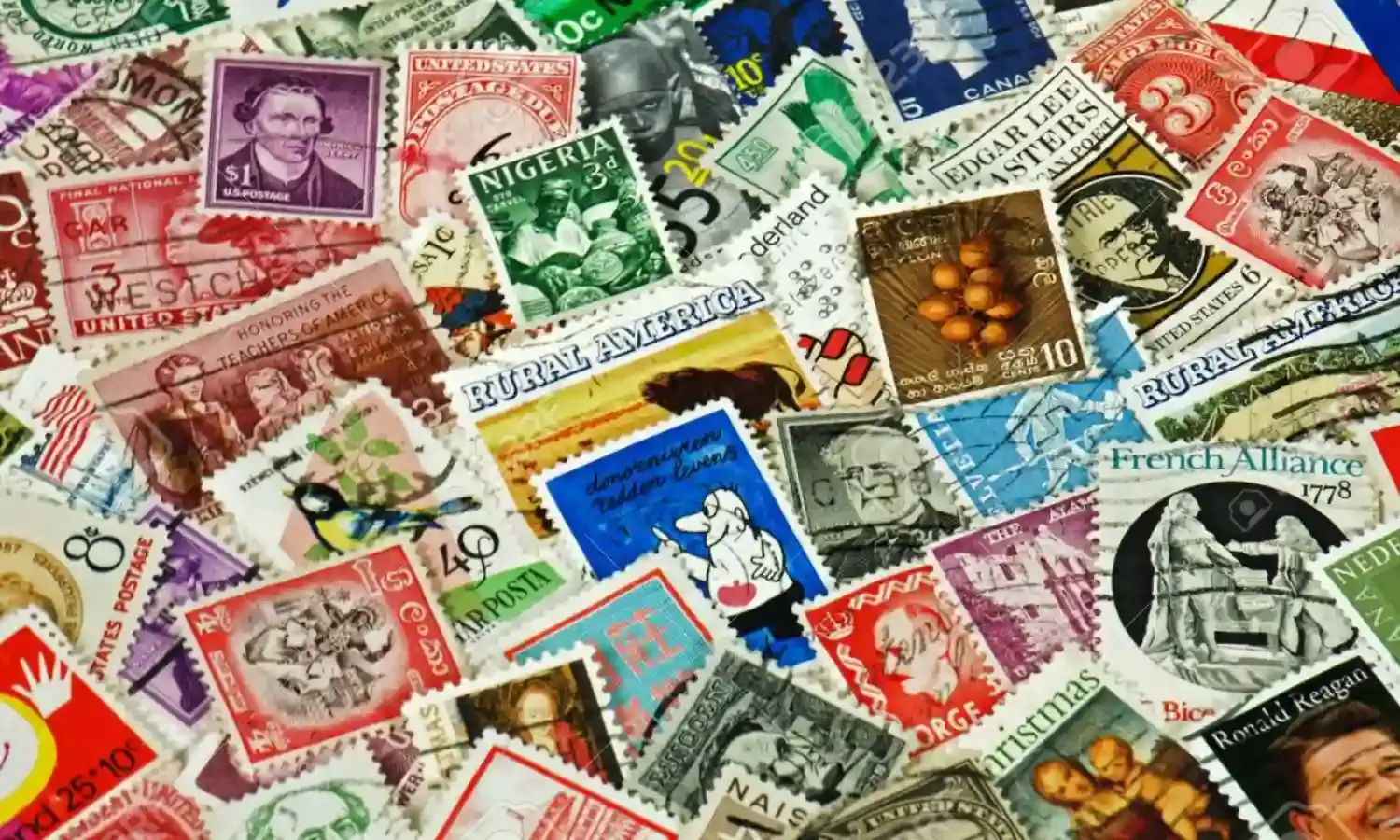That Different Kind of Feeling with Postage Stamps
The internet has pushed philately aside

An artwork hung on a wall in my small home has special significance for my grandmother, because she saw it being made, and knows she’s one of the last custodians of that withered old work, made of a few small stamps, pasted and carved in the shape of a pot.
This has always been one of the peculiarities of the last custodians of an art, a history, an interest. They are proud of the time their life was in its best forms, at the same time they worry about a lack of documentation, preservation, even remembrance.
Philately is one such art: the queen of all hobbies. Detaching the stamps delicately from the envelopes, rinsing and drying them before using paper hinges or ‘havids’ to place them in albums, exchanging them with other philatelists for the sake of the collection… these have a charm, maybe an old school charm, for which the present generation seems to have less time, being busy with their tech and savvy lives.
Stamp collecting had become a popular hobby a few short decades after the world’s first postage stamp was issued on May 6, 1840 in London: the Penny Black with a portrait of Queen Victoria.
The first Indian postage stamp was issued on November 21, 1947 and it depicted the national flag. From commemorating the first year of Indian independence to archaeological sites, science and technology, centenaries, traditions like the Japi or Angami tribal cap or the Himachali cap, the Asian games, the World Cup, or portraits of renowned personalities, Indian stamps have always been the harbinger of the time train. They stamp history for life.
According to the Indian Philatelists Forum, there is a magic in postage stamps! You can travel around the world without leaving your seat. Stamp collecting broadens one’s horizons, brings people together, and widens the knowledge of geography, history, science and technology. Among children this hobby arouses curiosity, stirs the imagination, develops the tendency to analyse subjects, helps cultivate the good habit of patience, and fosters friendship.
Philatelists for whom it’s not a hobby but a science also collect postal stationery, flight covers, exhibition covers, meter frankings, exhibition covers, revenue and court fee stamps, stamp papers and postal history.
Thematic collections have become a boon in philately. Whether butterflies, flowers, ships, sports, or even milk, to develop your theme you must study catalogues and reference books on that particular subject. When a theme is properly researched, philatelically as well as academically, the collector will have a vast amount of background information.
The Indian Philatelic Museum regularly organises stamp exhibitions on various themes. India also has a few philatelic societies and forums. Before the Philatelic Society of India was formed back in 1897, there existed significant state groups like the Philatelic Society of Bengal, the Bombay Philatelic Society and so on.
Just like any other admirer who breathes in the essence of the art and analyses every single change it undergoes, philatelists find joy in discovering errors or irregularities in a stamp. These also make the stamp more valuable.
For instance, in 1980 the first day cover to commemorate the Dandi March had an illustration of Gandhiji wearing mismatched footwear. Of the first stamps produced in India, it is believed that there were almost thirty stamps showing an inverted head of Queen Victoria!
To put it in a nutshell, people today hardly seem to care about something trivial like stamps. But for those who do care, there is a different kind of feeling associated with them. Stamps evoke curiosity about more and more countries and cultures to explore, and the desire to acquire more of these little windows to add on to our miniature legacy.
Of course the biggest reason this art is endangered is the fall in letter writing which has now become near obsolete. The burgeoning popularity of the internet has forced philately to take a back seat.
Promoting competitive philately and making schoolchildren aware of this art may breathe life into it, even teaching it in some way might help this magical hobby survive into the modern age.



